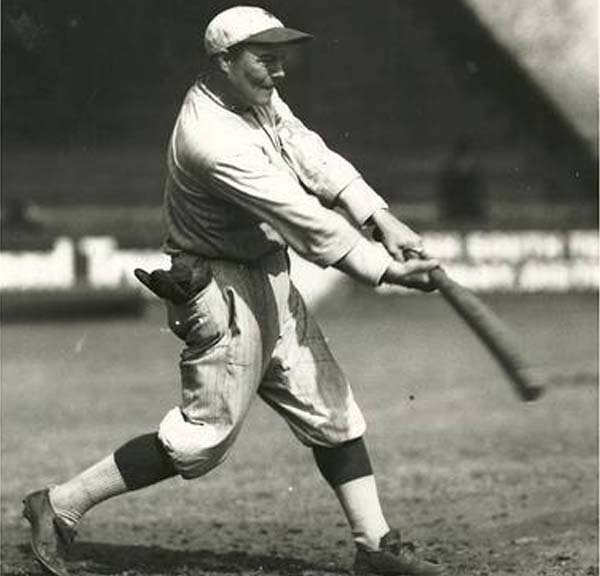Set Up
I acquired an order of battle from Wargames Illustrated # 204. It has a Vienna scenario for De Bellis Renationis. I reduced the number of units and converted them to Dominion of Pike and Shot troop types.
The battle is large but actually divides easily into 3 sections. I created a Dominion scenario for each section. Best of 3 wins the battle.
The Left
Charles of Lorraine leads the left flank of the allied force sent to relieve the siege of Vienna. Ibrahim commands the Turks on that flank.
The opposing forces (Turks on top):
- Ibrahim - Front (L to R): Artillery (D) on the Nussberg, Janissaries (missile infantry), light horse. Reserve: 2 light horse, Janissaries.
- Charles - Front (L to R): musketeers, artillery, cuirassiers. Reserve: musketeers, Polish cavalry, cuirassiers
The Imperial cuirassiers kick off the battle with a charge that scatters the light horse.
There is a seesaw battle on the right. Both sides lose a unit.
The Janissaries overrun the Imperial artillery.
The Turks have defended the left flank.
The Center
Meanwhile, von Waldeck leads a German contingent against Mustafa Bekri's Turks in the center of the battlefield.
The opposing forces:
- Mustafa Bekri - Advance: Skirmishers. Front (L to R): Janissaries and artillery in a redoubt, cavalry. Reserves: Janissaries.
- von Waldeck - Front (L to R): 2 musketeers, cuirassiers. Reserve: 2 musketeers, cuirassiers
The Turkish skirmishers disrupt the musketeers then fall back.
To simulate the advance line of skirmishers, I did one round of combat. If the skirmishers survive (which they did), they would retire to the reserve.
The reserve cuirassiers also charge and are routed. Meanwhile, the musketeers try to storm the redoubt but the Janissaries see them off.
The Right
With the rest of the allied army in disarray, King John Sobieski of Poland tries to shield the retreat. He runs into Turkish cavalry under Sary Abaza.
The opposing forces:
- Sary Abaza - Front (L to R): light horse, Sipahis, light horse. Reserve: 2 light horse, Sipahis.
- Sobieski - Front (L to R): 2 winged hussars (armored elite), Pacerni. Reserve: Cossack dragoons
The center winged hussars charge, and get routed.
The left has more success. But the Turkish Sipahis rout the Cossacks that plug the center.
This leaves the winged hussars vulnerable to a flanking attack. They rout and the battle is lost.
Aftermath
The allied forces are in total disarray (losing 3-0). They must retreat, and the siege continues. It is only a matter of time before Vienna falls.
GAME NOTES
Well, that did not go the way I hoped, or the way history went. That's what makes gaming so much fun.
The scenario worked fine. I will have to rerun it some day.
Overall, the 3 scenarios lasted about half an hour in total. I spent more time writing up the battle reports!
I FORGOT AGAIN! I keep forgetting about the rally rule. Perhaps I'll make a token to remind me.
WHAT NEXT?
I haven't done much with the Pike & Shot rules so it was fun to bring them out. It's got me interested in doing some more Turks vs. Imperials - stay tuned.
I'm a little short of counters for the Imperial forces. As a result, I had to reduce some of the forces from my initial conversion. I'll have to prep and print some more whitecoats out.





























